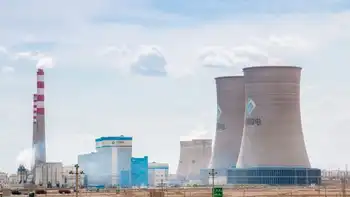Hidden Hydro Charges Galloping Our Way
TORONTO -- - Hidden hydro charges called rate riders will be galloping into every home and small business in Ontario thanks to the privatization and deregulation monster of the Conservative government, NDP Leader Howard Hampton says.
"This government continues to rob our pocketbooks to pay for the hydro folly it created," Hampton said. "When will they figure out that the only sensible course is a not-for-profit public power system."
The government's Bill 210 contains a clause allowing municipal utilities to impose 'rate riders,' extra charges to consumers to pay the estimated $500 million in deregulation administrative costs of local utilities. The rate riders would apply as soon as hydro rate caps are lifted.
"Neither consumers nor utilities should be saddled with these costs. They should be recovered from the profits of Ontario Power Generation or Hydro One," Hampton said.
The Bill also allows utilities to recover the cost of issuing the $75 rebate cheques. Again, the moment the caps come off, utilities can add those charges to hydro bills, but only if they mail out the cheques by the end of 2002.
"The Conservatives created this hydro fiasco and now want the innocent victims to pay for it. That's unacceptable," Hampton said.
Related News

Michigan utilities propose more than $20M in EV charging programs
DETROIT - Michigan EV time-of-use charging helps DTE Energy and Consumers Energy manage off-peak demand, expand smart charger rebates, and build DC fast charging infrastructure, lowering grid costs, emissions, and peak load impacts across Michigan's distribution networks.
Key Points
Michigan utility programs using time-based EV rates to shift charging off-peak and ease grid load via charger rebates.
✅ Off-peak rates cut peak load and distribution transformer stress.
✅ Rebates support home smart chargers and DC fast charging sites.
✅ DTE Energy and Consumers Energy invest to expand EV infrastructure.
The two largest utilities in the state of Michigan,…




